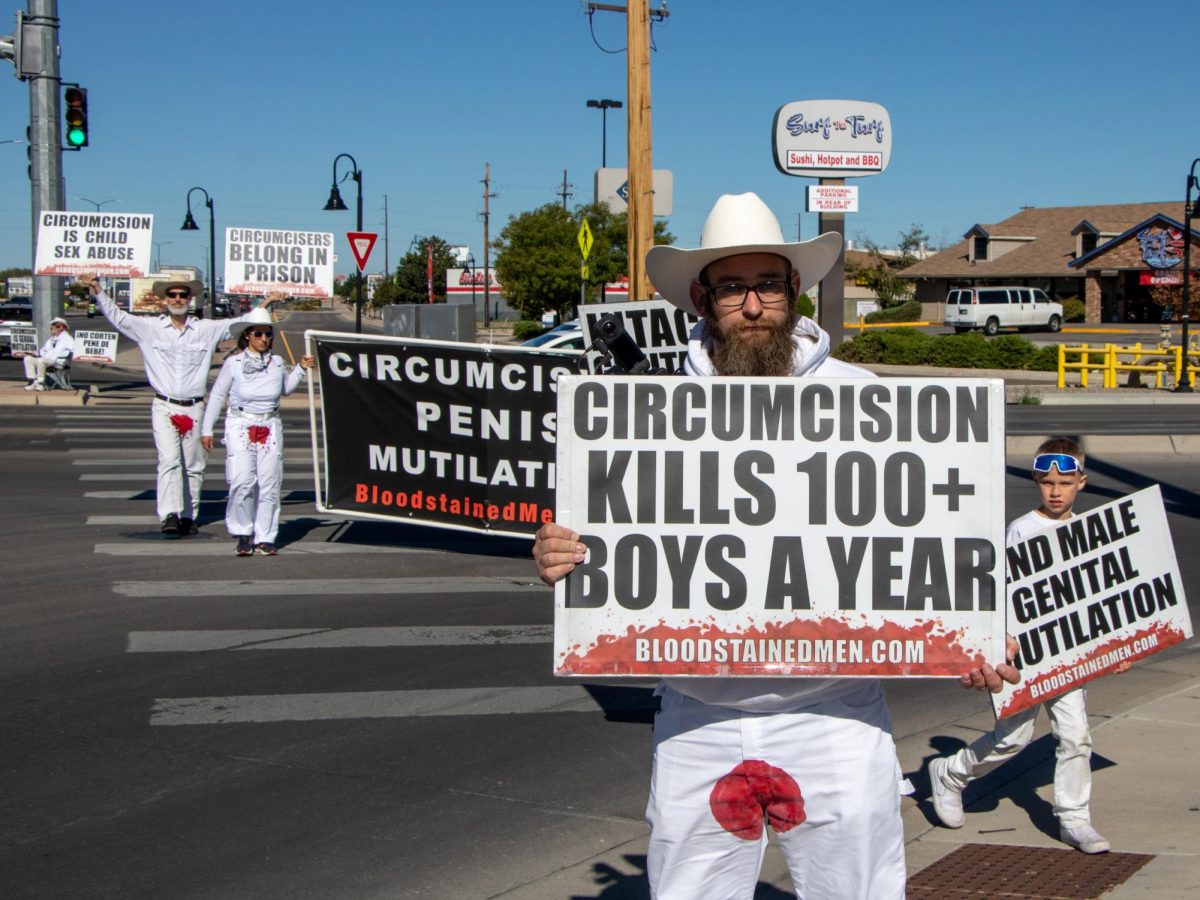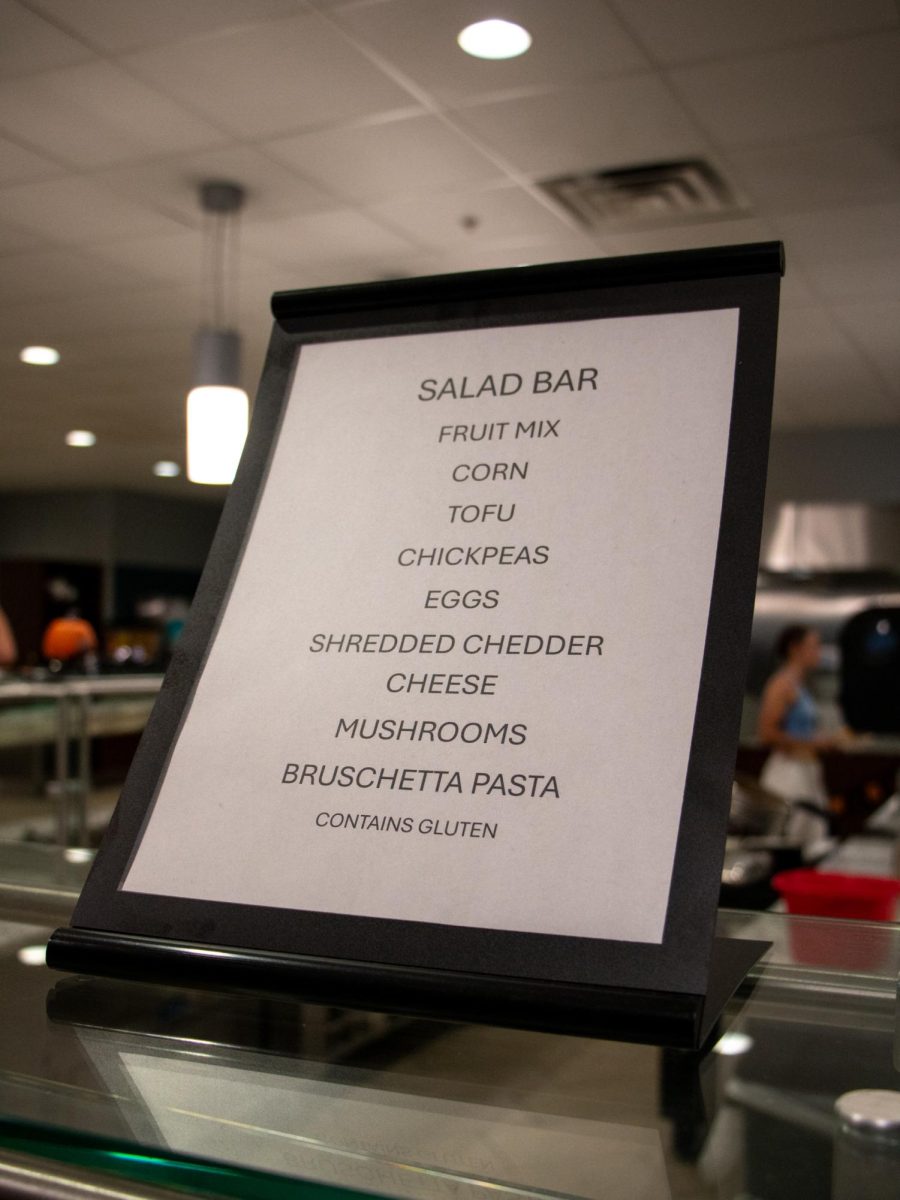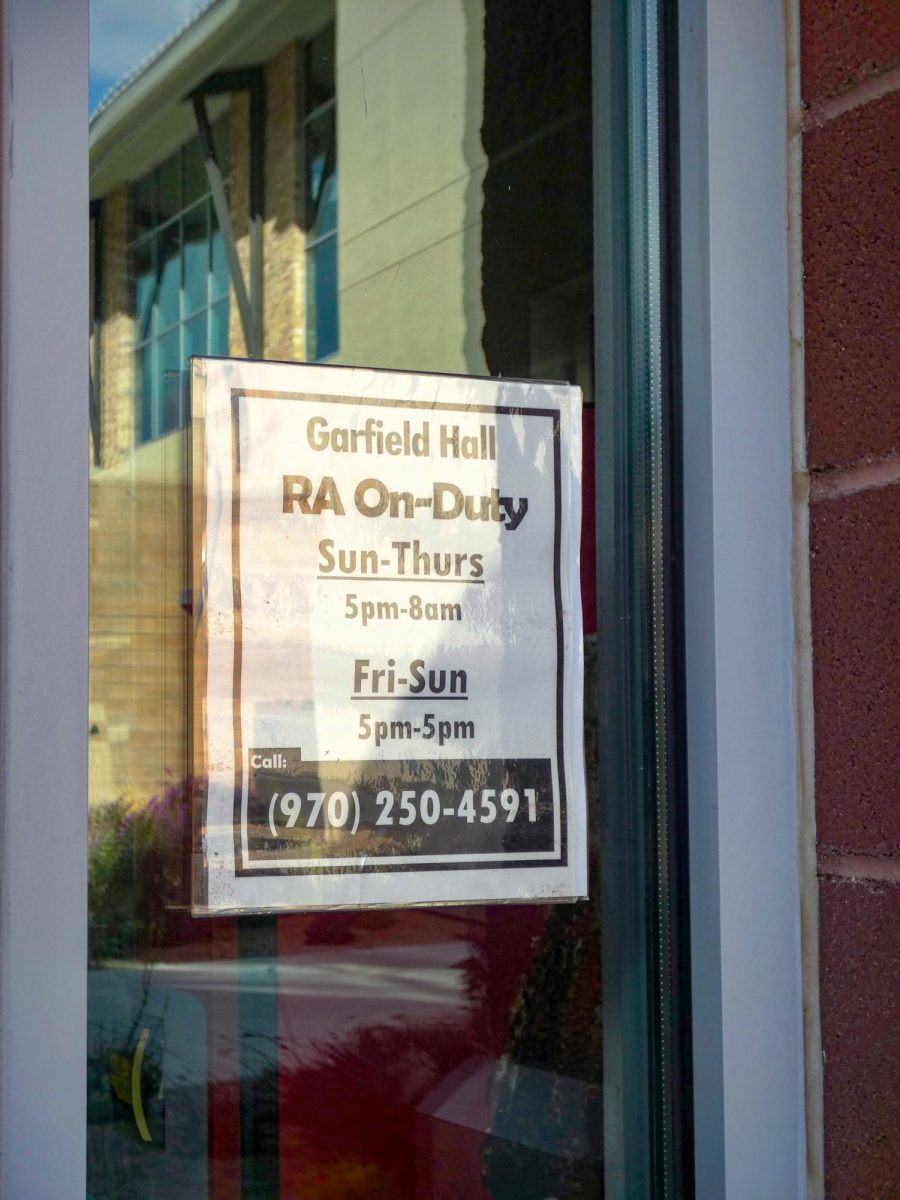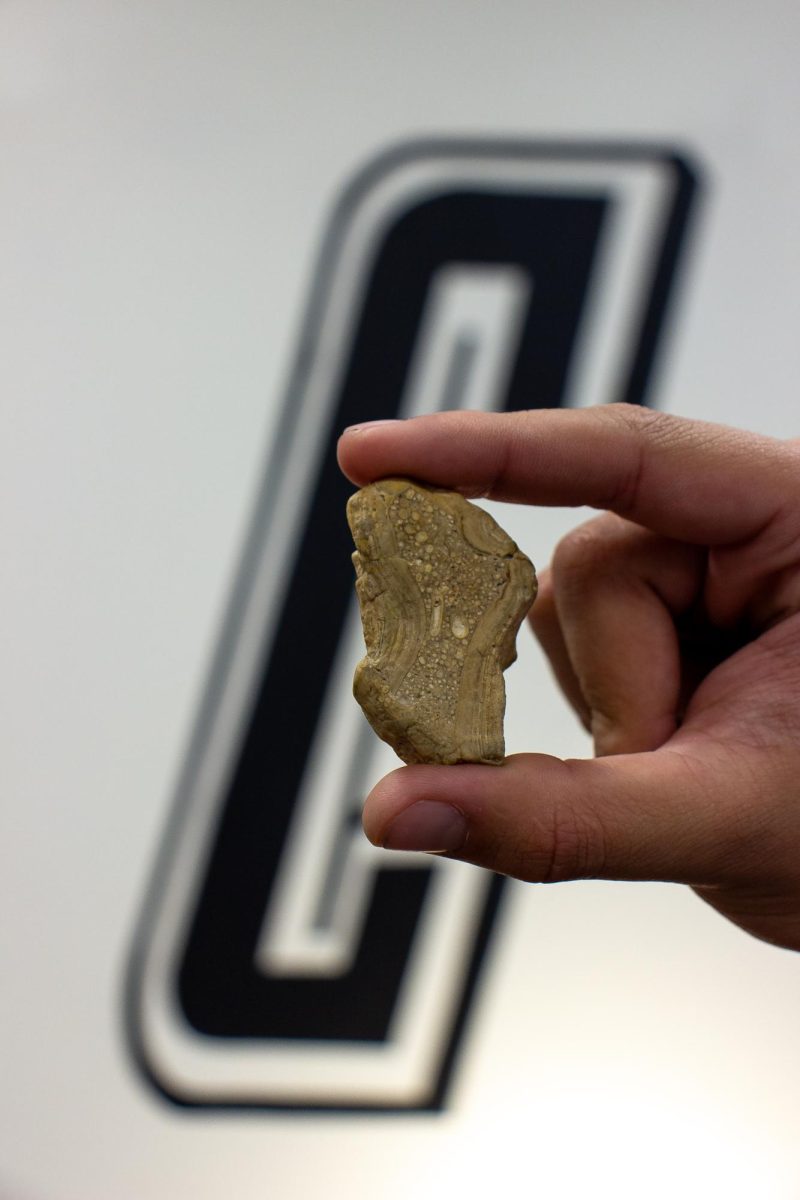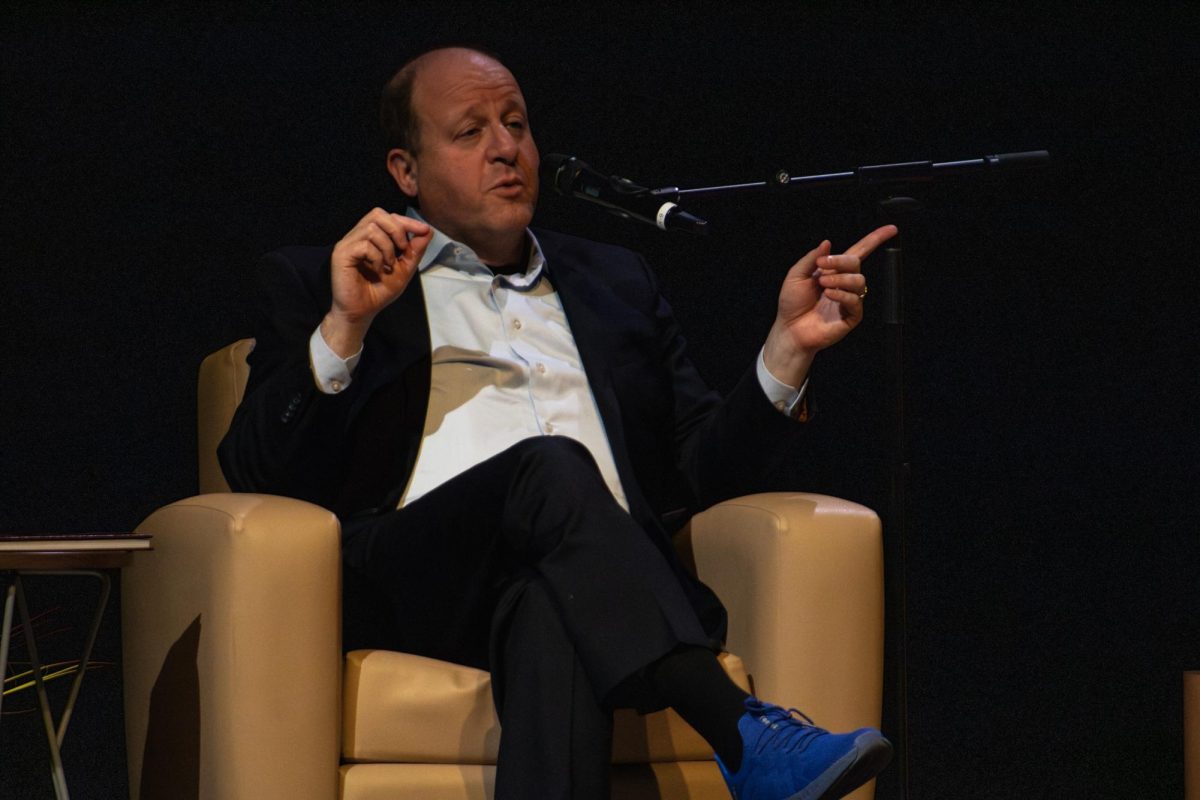The Bloodstained Men staged a protest on Sept. 24 along the intersection between Independent Avenue and US Highway 6 and 50.
This protest was a part of their Colorado Circumcision Crisis Protests tour. For eight days, the organization, which is a non-profit standing against circumcision, protested in 16 different cities to disseminate the dangers of male genital mutilation.
Demonstrators ranged from children to adults. They were all wearing the group’s visually unique “Bloodstained Suits.” These ensembles consist of a white shirt and pants, with a vibrant red stain at the crotch area of the pants.
Their website explains that the outfit “symbolizes the wound that American doctors inflicted on our genitals when we were too young to defend ourselves.”
The group’s mission with these protests and outfits is to express their belief that circumcision is a form of genital mutilation.
The Bloodstained Men travel to over 60 cities per year, according to their website. They have reached people not only through protests around the country, but through media coverage, social media campaigns and billboard campaigns.
The group often protests outside of universities, stadiums and pediatric clinics that perform circumcisions.
“Circumcision has been a cure in search of a disease for years,” acting driver, manager and press spokesperson on the current tour Mathew Kinnison said. “I got into this because my nephew almost died from a MRSA infection.”
The Center for Disease Control (CDC) defines MRSA, methicillin-resistant staphylococcus aureus, as a bacterial infection that is resistant to common antibiotics.
Kinnison expressed that he thought the most pressing concern for performing circumcision today was the risk that came with it.
“A quarter of the spending on circumcision [in Pennsylvania] was [spent] correcting issues with circumcision,” Kinnison said.
He explained that those issues include hospitalizations due to bleeding, reconstructive surgery and anal stenosis (the narrowing of the anal canal). Kinnison said stenosis is basically nonexistent in intact males.
“A baby could bleed out into their diaper before you ever even notice that they’re wet,” Kinnison said.
He explained that a person would not notice a couple of ounces of blood in a modern diaper due to their absorbancy.
Katherine Callahan, a traveler from Europe, offered an international perspective.
“Our European doctors don’t stand by the American standard,” Callahan said. “This is important because we don’t want to harm a brand new baby when it just enters the world.”
Many circumcisions are performed due to cultural or religious beliefs.
The Bloodstained Men’s website outlines their position on circumcision and freedom of religion by stating that “when a child’s body has been permanently marked with the symbol of a religion he might someday choose to reject, that child’s religious freedom has been violated.”
The website also states that “infant circumcision is anti-semitic,” arguing that no one should “use a child’s religious or ethnic background as an excuse to inflict harm upon that child.”
Providing another perspective on the subject, Sam’s Club patron Andre Straubhaar spoke about his personal feelings on the matter of the protests while he was filling up his vehicle at the store’s gas station.
“There’s a whole lot more things that we could be discussing than that,” Straubhaar said. “We’re a very passionate country, culture is a big thing here, and [circumcision is] a cultural norm.”
In response to similar sentiments, such as Straubhaar’s, Kinnison and other supporters of The Bloodstained Men felt that people tend to lack concern for issues about circumcision.
“Everyone has a role to play in this culture, no singular person’s responsible for this culture that we’ve inherited, it’s a child abuse culture and we all have to stand up to stop the systemic violence against children,” protester Luke Artanas said.



